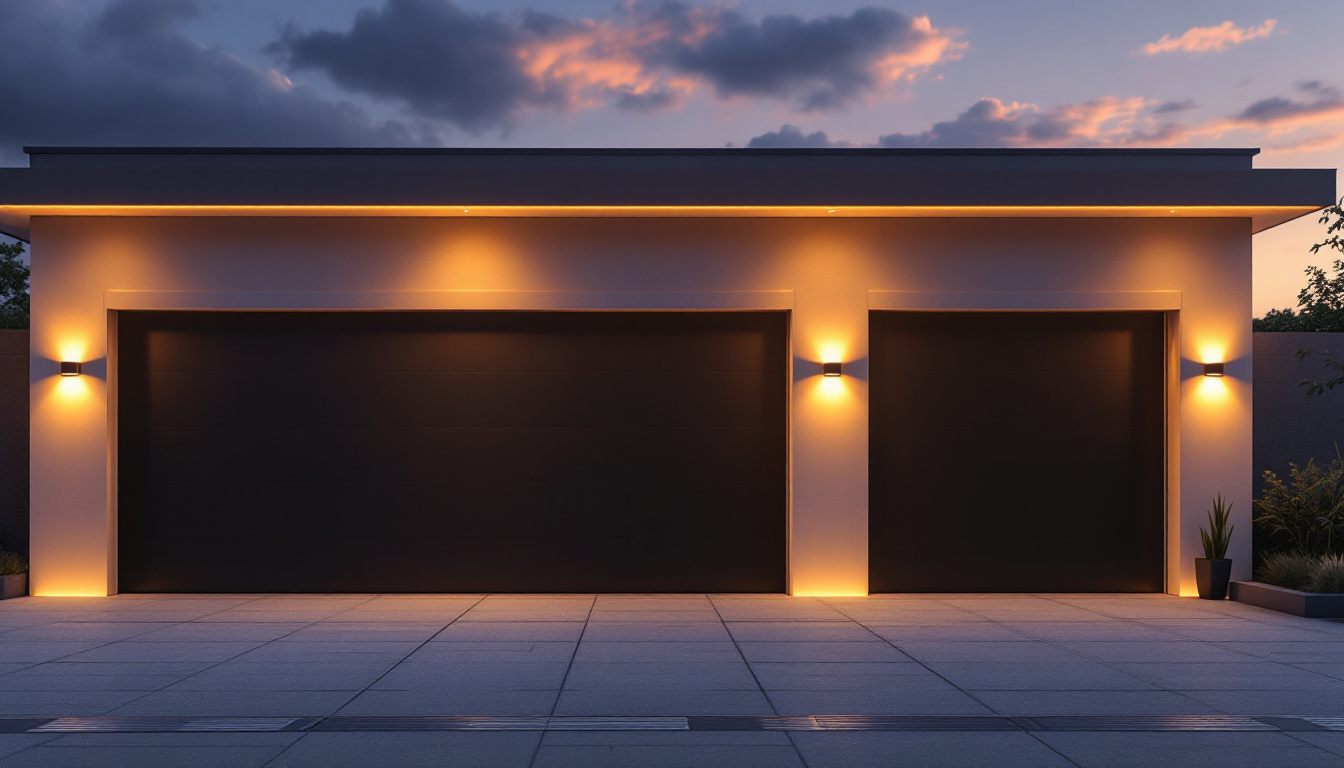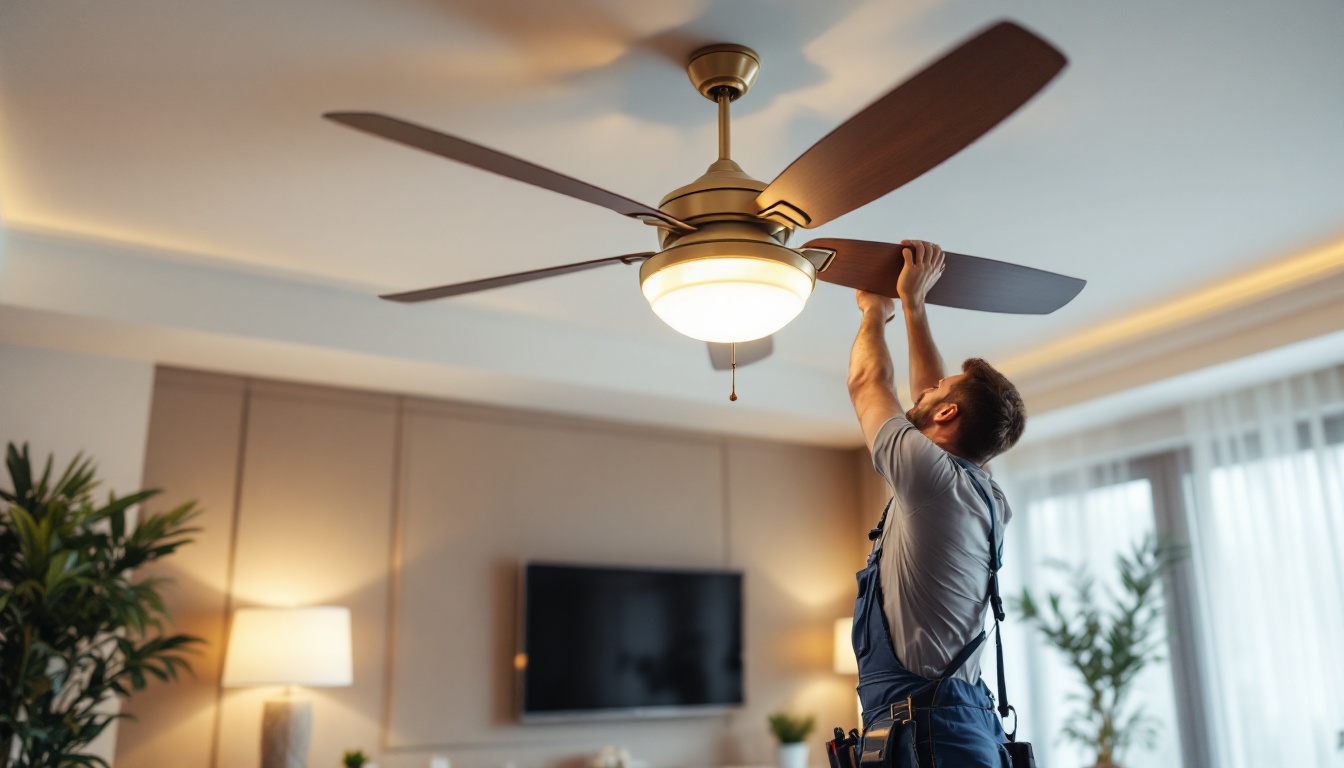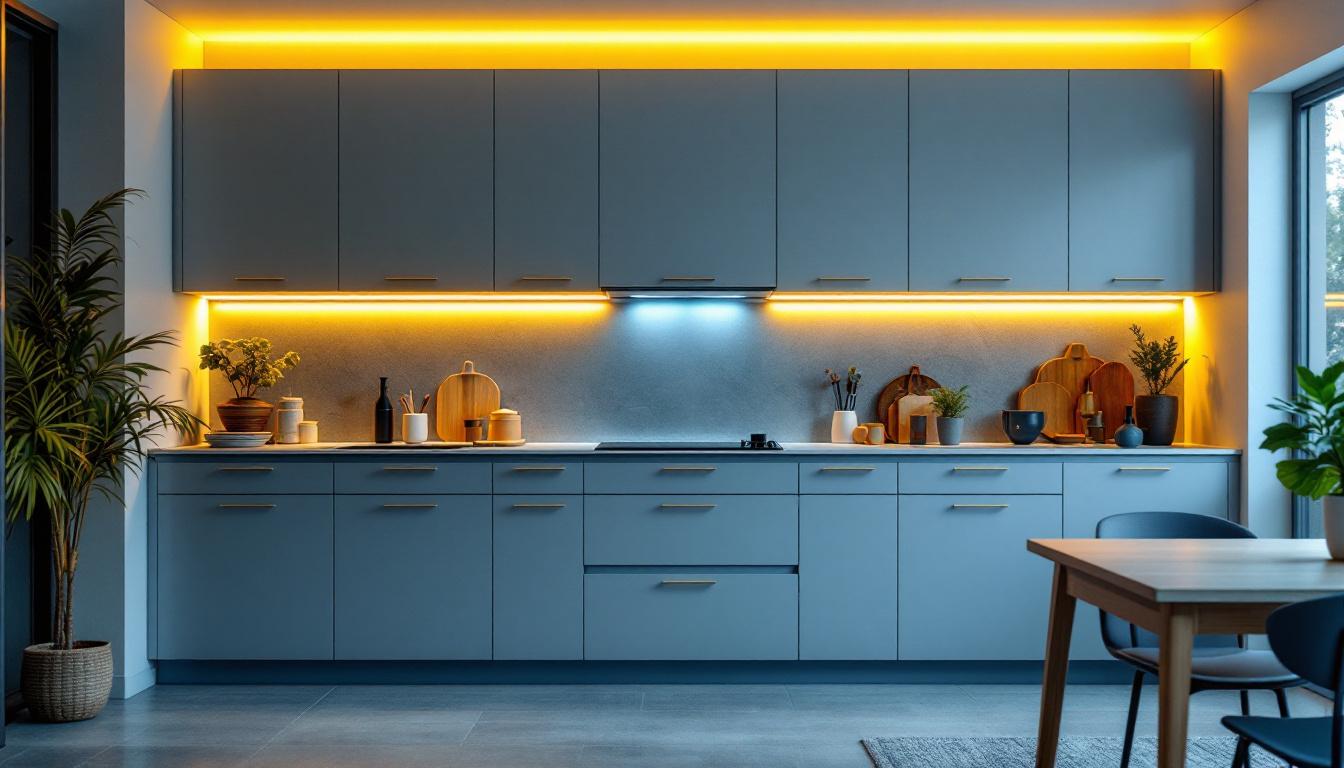
As the lighting industry continues to evolve, contractors often find themselves navigating a landscape filled with various wattages, types of fixtures, and compatibility issues. One common question that arises is whether a 24W adapter can be used with a 12W LED light. Understanding the implications of this compatibility is crucial for ensuring safety, efficiency, and optimal performance in lighting installations. This article delves into the best practices for lighting contractors when dealing with wattage discrepancies and offers insights into how to make informed decisions.
Wattage is a measure of electrical power, and it plays a significant role in the performance of lighting fixtures. When it comes to LED lights, the wattage rating indicates the amount of power the fixture consumes. However, the relationship between the power supply (adapter) and the light fixture is not as straightforward as it may seem.
When selecting an adapter, it is essential to consider its wattage rating. A 24W adapter is designed to deliver up to 24 watts of power to connected devices. This means that it can support multiple fixtures or higher wattage lights without issue. However, using a higher wattage adapter with a lower wattage light, such as a 12W LED, raises questions about compatibility and safety. It’s important to note that while the adapter can provide more power, the actual consumption will depend on the device connected to it. Therefore, ensuring that the adapter’s output voltage matches the requirements of the light fixture is crucial for optimal performance.
LED lights are known for their energy efficiency and longevity. A 12W LED light is designed to operate at that specific wattage, consuming only the power it needs to function optimally. Connecting a 12W LED light to a 24W adapter does not automatically mean that the light will draw more power; rather, it will only use the amount it requires. However, the potential for issues such as overheating or voltage spikes must be considered. In addition, the quality of the adapter plays a significant role in the overall safety of the setup. A poorly designed adapter may not regulate voltage effectively, leading to fluctuations that could damage sensitive LED components over time.
Moreover, understanding the efficiency of LED technology is vital. Unlike traditional incandescent bulbs, which waste a lot of energy as heat, LEDs convert a higher percentage of electrical energy into light. This efficiency not only results in lower electricity bills but also contributes to a longer lifespan for the bulbs. Many LED lights come with additional features, such as dimming capabilities or smart technology integration, which can further enhance their usability in various settings. When considering an LED fixture, it’s beneficial to review the manufacturer’s specifications and recommendations to ensure that you are pairing it with the right power supply, thereby maximizing both performance and safety.
While it may seem harmless to connect a 12W LED light to a 24W adapter, there are several risks involved that lighting contractors should be aware of. Understanding these risks can help prevent costly mistakes and ensure the safety of installations.
One of the primary risks associated with mismatched wattages is overheating. Although a 12W LED light will only draw the power it needs, the higher wattage adapter may generate excess heat. If the adapter is not designed to handle the load efficiently, it can lead to overheating, which poses a fire hazard. Ensuring that the adapter is compatible with the specific LED light is crucial for preventing such issues. Furthermore, prolonged exposure to high temperatures can degrade the internal components of the LED fixture, reducing its lifespan and potentially leading to premature failure. Regular maintenance checks can help identify any signs of overheating before they escalate into more serious problems.
Another significant concern is the potential for voltage and current fluctuations. A 24W adapter may output a higher voltage than what a 12W LED light is designed to handle. This discrepancy can lead to voltage spikes that may damage the LED driver or the light itself. It is essential to verify that the voltage output of the adapter aligns with the requirements of the LED light to avoid such complications. Additionally, these fluctuations can cause flickering or inconsistent light output, which not only affects the aesthetic quality of the lighting but can also be distracting or uncomfortable for occupants. Utilizing a power supply that is specifically rated for the LED light’s wattage can help ensure steady performance and enhance overall user satisfaction.
Using mismatched wattages can also have a detrimental effect on energy efficiency. When an adapter is overpowered for the needs of the LED light, it may operate less efficiently, resulting in wasted energy and higher electricity bills. This inefficiency can be particularly concerning in commercial settings where lighting is used extensively. By selecting the appropriate wattage adapter, contractors can optimize energy consumption, contributing to more sustainable practices and lower operational costs. Moreover, energy-efficient lighting solutions not only benefit the environment but can also enhance a company’s reputation as a responsible and forward-thinking entity in their industry.
To navigate the complexities of using different wattages in lighting installations, contractors should adhere to several best practices. These guidelines can help ensure safe, efficient, and effective lighting solutions for clients.
Before making any decisions regarding wattage compatibility, it is imperative to check the manufacturer specifications for both the adapter and the LED light. This information will provide clarity on the voltage, current, and wattage requirements, allowing contractors to make informed choices. Always refer to the product datasheets and installation manuals for guidance. Additionally, understanding the thermal management of the components is vital, as overheating can lead to premature failure of the lighting system. Proper ventilation and spacing should be considered in the design phase to ensure longevity and optimal performance.
When selecting components for a lighting installation, it is advisable to use parts that are designed to work together. If a 12W LED light is intended for use with a specific wattage adapter, it is best to adhere to those recommendations. Using components from the same manufacturer can help ensure compatibility and reduce the risk of issues arising from mismatched wattages. Furthermore, it is beneficial to keep abreast of any updates or changes in product lines, as manufacturers may introduce new technologies or improvements that enhance performance and efficiency. Staying informed can give contractors a competitive edge and provide clients with the best possible solutions.
If the lighting installation involves dimmable LED lights, it is crucial to ensure that the adapter supports dimming functionality. Not all adapters are compatible with dimmable fixtures, and using an incompatible adapter can lead to flickering or damage to the LED lights. Always verify compatibility before proceeding with the installation. Moreover, understanding the different types of dimming technologies—such as trailing edge, leading edge, and smart dimming—can help contractors offer tailored solutions that meet the specific needs and preferences of their clients. This knowledge not only enhances the functionality of the lighting but also contributes to energy savings and improved ambiance in the space.
Even with careful planning and adherence to best practices, issues can still arise during lighting installations. Having a systematic approach to testing and troubleshooting can help identify and resolve problems efficiently.
Before finalizing any installation, it is advisable to conduct initial tests to ensure that all components are functioning correctly. Connect the 12W LED light to the 24W adapter and monitor its performance. Look for any signs of flickering, overheating, or unusual noises. If any issues are detected, it may be necessary to reassess the compatibility of the components. Additionally, it’s beneficial to check the wiring connections for any loose or exposed wires that could lead to short circuits or inconsistent power delivery. Ensuring that all connections are secure and properly insulated can prevent many common issues that arise during the initial testing phase.
After installation, it is essential to monitor the performance of the lighting system over time. Regular checks can help identify any potential issues before they escalate. If the LED lights begin to flicker or show signs of reduced performance, it may indicate a problem with the adapter or compatibility that needs to be addressed. Furthermore, keeping a log of performance metrics, such as brightness levels and energy consumption, can provide valuable insights into the long-term reliability of the installation. This data can also be useful for troubleshooting, as it allows you to compare current performance against baseline measurements taken during the initial tests, helping to pinpoint when and where issues may have begun to develop.
In conclusion, while it is technically possible to use a 24W adapter with a 12W LED light, it is essential for lighting contractors to approach this situation with caution. Understanding the implications of wattage compatibility, potential risks, and best practices can help ensure safe and efficient lighting installations. By adhering to manufacturer specifications, using compatible components, and conducting thorough testing, contractors can provide high-quality lighting solutions that meet the needs of their clients.
Ultimately, the goal is to create a lighting environment that is not only functional but also safe and aesthetically pleasing. By staying informed and following best practices, lighting contractors can navigate the complexities of wattage compatibility and deliver exceptional results in their projects.
Ready to elevate your lighting installations with the best in spec-grade products? Look no further than LumenWholesale, where we offer an extensive selection of top-quality lighting solutions at unbeatable wholesale prices. Say goodbye to inflated markups and hello to superior performance and reliability for every project. With our commitment to quality, affordability, and convenience, you’ll enjoy hassle-free bulk buying with free shipping. Don’t compromise on your lighting needs—choose LumenWholesale for Wholesale Lighting at the Best Value and make every installation shine.

Discover the key factors that distinguish top lighting contractors in outdoor garage lighting projects.

Discover how huge ceiling fans are revolutionizing the lighting industry, offering innovative solutions for contractors seeking efficiency and enhanced aesthetics.

Discover how fluorescent LED lamps are revolutionizing the lighting industry and helping contractors secure more projects.

Discover how LED kitchen cabinet lighting can transform your cooking space while significantly boosting energy efficiency.